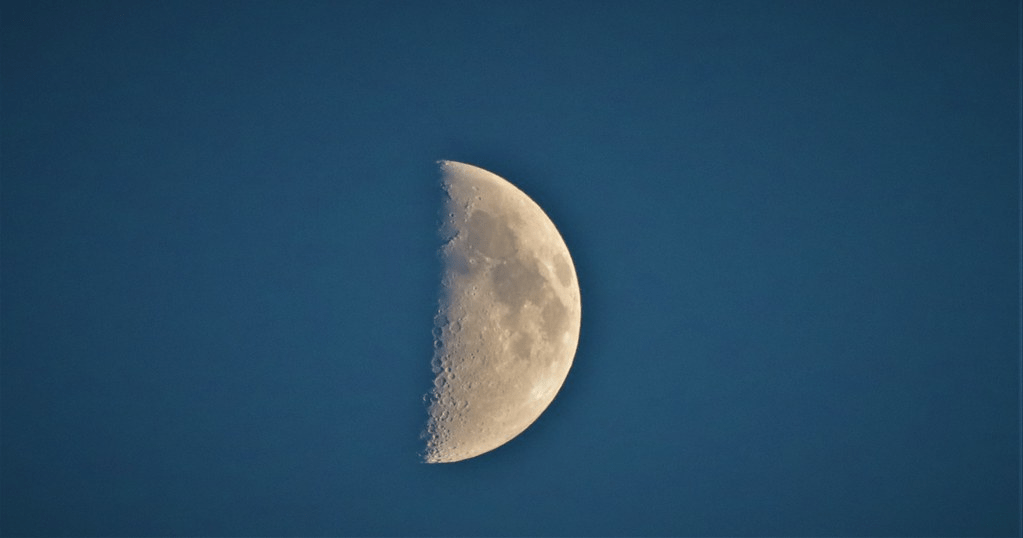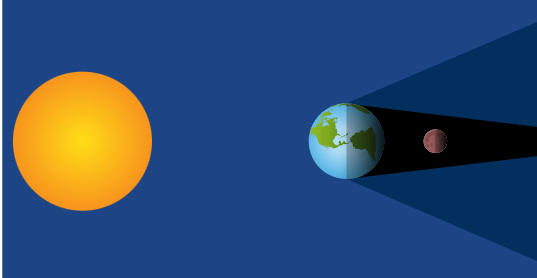This system contains all water on Earth.
Hydrosphere
How long does it take for the Earth to revolve around the Sun?
365 days
Why are we able to see the Moon illuminated at night?
The Moon reflects the light from the Sun.
When the North Pole is tilted TOWARDS the Sun, what season is it in the Northern Hemisphere?
Summer
True or false: the changing visible shapes of the Moon are called phases.
True
All existing matter in space.
Universe
This system contains rock, soil, and minerals.
Geosphere
The path one object travels as it revolves around another object.
Orbit
 What is the moon phase called?
What is the moon phase called?
First Quarter
When the North Pole points AWAY from the Sun, what season is it in the Northern Hemisphere?
Winter
The planets, their moons, and the other smaller bodies that orbit the Sun.
Solar System
The movement of an object in an orbital path.
Revolution
This system contains the air we breathe.
Atmosphere
Why do we use models and scale models to represent our solar system?
Traveling to space is difficult and expensive. We can use scale models to observe patterns and sizes in space without going to space.
What type of eclipse is being shown below?
Solar eclipse
True or false: the closer you are to the Equator, the more the average daylight changes from season to season.
FALSE
A system of millions or billions of stars, gas, and dust held together in a cluster by gravity.
Galaxy
A round body that orbits the Sun in a clear path.
Planet
This system contains all life on Earth, including plants, animals, and microbes.
Biosphere
About how many Earths would fit in a hollow ball as large as the Sun?
1,000,000
What type of eclipse is being shown?
Lunar eclipse
When we are in the Northern Hemisphere, our shadows are pointing in what direction?
North
FALSE! A solar system is ONE star, and all the objects moving around it.
Rotates
How is each system involved/affected when a tornado occurs?
Atmosphere: wind and thunder clouds create a tunnel of wind
Hydrosphere: water is polluted by spilled chemicals and debris
Biosphere: people and animals can lose their shelter or get hurt
Geosphere: soil can blow away and affect crops
If we create a model with the Sun the size of a basketball, what object would best represent Earth?
- A ping-pong ball
- An orange
- A thumbtack head
- A soccer ball
A thumbtack head
How many cities are experiencing a partial total eclipse?
6: Sacramento, Los Angeles, San Diego, Dallas, Chicago, Washington DC
Look at the shadow: What position do you think the Sun is in?
3
List the below objects in order from smallest to largest.
star
solar system
galaxy
planet
SMALLEST to LARGEST is....
planet, star, solar system, galaxy
True or False: The Sun is the biggest star in the universe because it is the biggest and brightest star we see.
FALSE: The Sun is a star, but it appears bigger and brighter than other stars because it is the closest star to us.